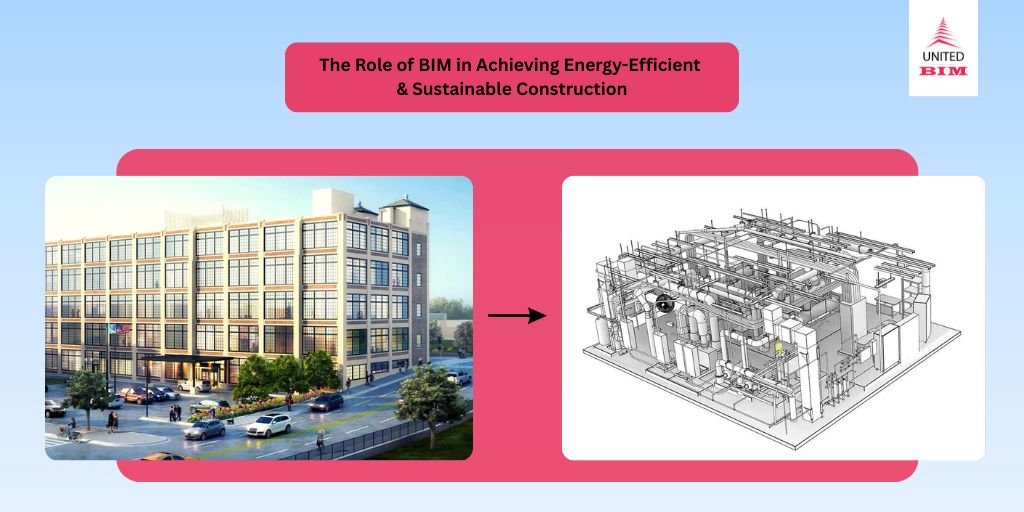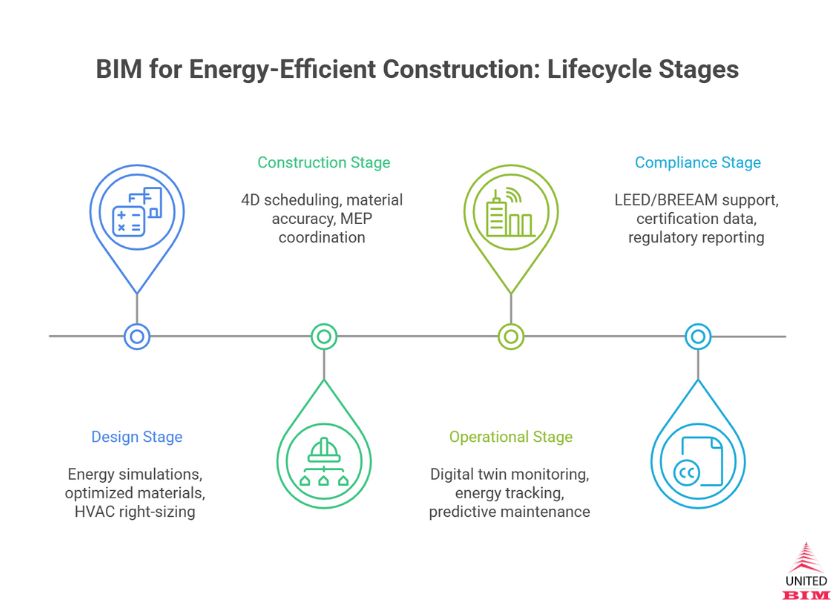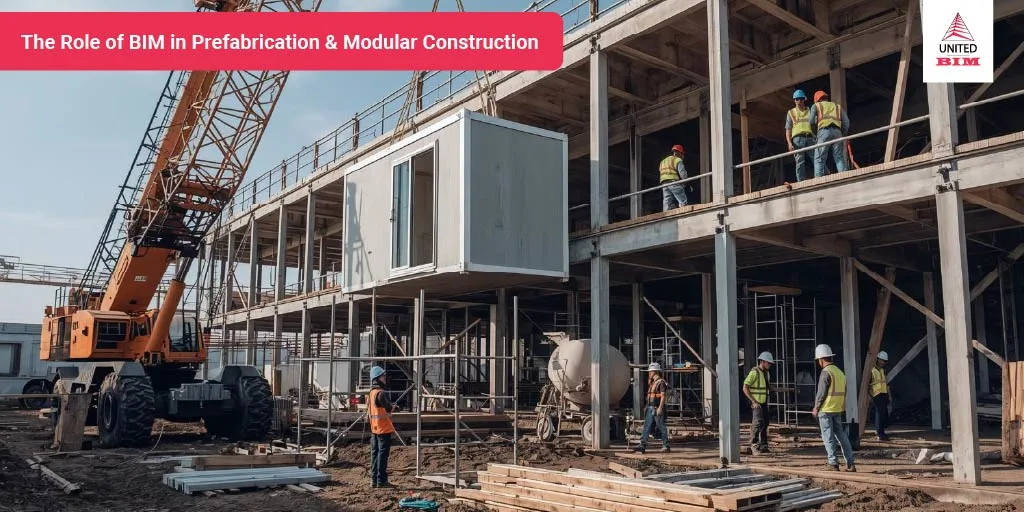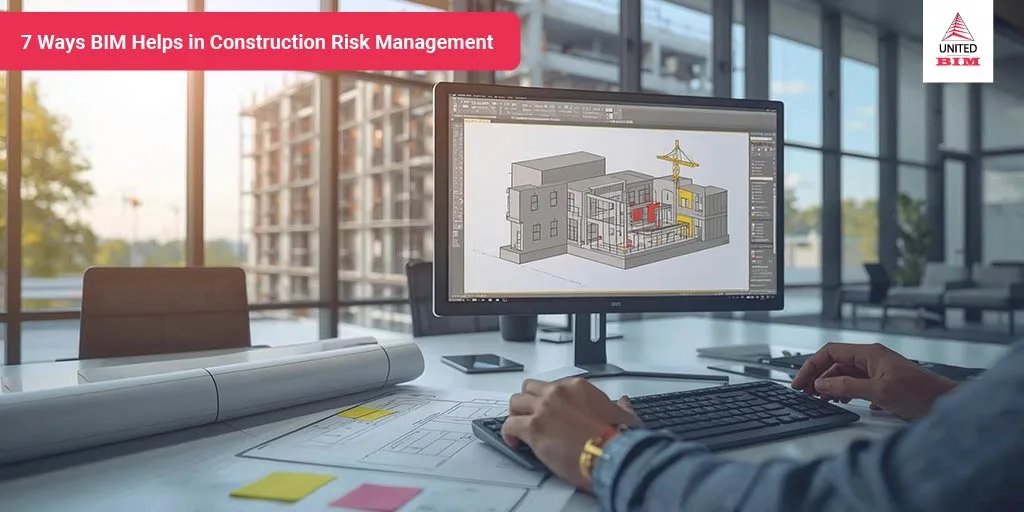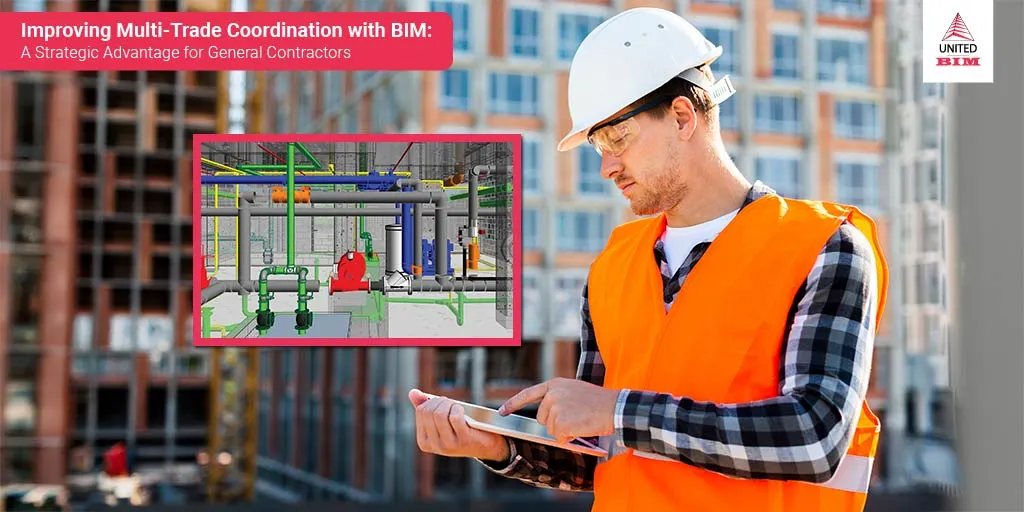Last updated on: August 1, 2025
Buildings don’t just consume resources. They shape futures. Today, buildings (commercial and residential) account for 34% of global energy use and 37% of carbon emissions. Behind these numbers are real stories: families struggling with high energy bills, schools where poor ventilation affects children’s learning, businesses paying for inefficient lighting and HVAC systems. Every missed opportunity in design or construction compounds into decades of wasted energy and cost.
This crisis isn’t inevitable. In fact, nearly half of all future buildings haven’t yet been built. We stand at a turning point where the decisions we make today about how we design and construct buildings will define whether we meet climate targets or miss them completely.
This is where Building Information Modeling (BIM) shifts from being just a tool to a critical enabler of energy-efficient, sustainable construction.
Why Energy Efficiency Is No Longer Optional in Construction
Energy-efficient construction isn’t about compliance checklists anymore. Global regulations, from Paris Agreement targets to national energy codes, are pressuring the industry toward net-zero. Yet, for many AEC professionals, sustainability still feels like an afterthought or a cost center.
The problem? Too many projects treat energy modeling as a late-stage process. By the time inefficiencies are found, it’s often too expensive or too late to change designs.
The solution? Embed sustainability decisions at the very start (during design and planning) and carry them through every construction phase. And BIM is what makes that possible.
BIM’s Role in Energy-Efficient Construction
01.
Accurate Early-Stage Design Decisions
With BIM, you’re not relying on static drawings or assumptions. BIM integrates material data, system specifications, and thermal properties from the start, feeding directly into energy modeling tools like EnergyPlus or Autodesk Insight.
This allows:
- HVAC right-sizing based on actual load calculations.
- Optimized insulation and glazing decisions using real simulation results.
- Informed trade-offs between energy performance and project budget.
Of course, BIM itself doesn’t make those decisions, the project team does. But BIM ensures they’re made with clarity and accurate data, early enough to matter.
02.
Reducing Energy Waste During Construction Execution
Energy efficiency isn’t just about the finished building. Waste during construction itself like excess material orders, inefficient site logistics, and poorly coordinated MEP systems directly translates to wasted energy and emissions.
BIM allows:
- Precise material quantification, reducing over-ordering.
- 4D scheduling to streamline site operations.
- Coordinated MEP layouts that prevent over-specification and future rework.
Here too, BIM doesn’t automate efficiency, it rather enables it. Proper data input and skilled project coordination are key to realizing these benefits.
03.
Delivering Energy-Optimized Buildings at Handover
An energy-efficient design doesn’t guarantee an energy-efficient building unless performance is tracked and maintained post-construction.
BIM creates a digital twin, capturing all as-built data (materials, systems, schedules) ready for facilities teams to use in energy monitoring, maintenance planning, and future retrofits.
This bridges the gap between design intent and operational reality, something traditional 2D documentation can’t provide.
04.
Supporting Sustainability Compliance and Certifications
LEED, BREEAM, WELL, and national energy codes increasingly require proof of energy performance. BIM doesn’t generate compliance reports itself, but it acts as a central data source feeding into documentation processes.
In short, BIM helps:
- Simplify certification documentation.
- Maintain a clear audit trail of energy-related decisions.
- Ensure compliance with evolving regulatory demands.
Governments and public-sector clients are recognizing this. From GSA BIM mandates in the USA to EU public project requirements, BIM is now directly tied to sustainable project delivery.
Why Governments Are Mandating BIM for Sustainable Projects
Regulatory bodies are no longer waiting for voluntary adoption:
- USA GSA requires BIM for federal buildings, aiming for higher operational efficiency.
- European Union mandates BIM for public projects, linking it directly to climate goals.
- Energy codes and incentives increasingly favor BIM-supported sustainable construction practices.
Government clients don’t just want energy-efficient buildings—they want proof, performance, and accountability. BIM delivers that.
Why This Matters Beyond Numbers
Think beyond kilowatt-hours and emissions. Imagine:
- Families in affordable homes that are warm in winter and cool in summer, without unaffordable energy bills.
- Children in schools where clean air and daylight help them concentrate better.
- Communities in cities that aren’t smothered by pollution from inefficient buildings.
Behind every inefficient building is a human story. BIM, when properly used, isn’t just about data models, it’s about building better outcomes for people.
Real Results
Shanghai Tower: Leveraged BIM-based digital twins to optimize structure and energy systems, reducing energy consumption by over 20%.
Want results like these?
Connect with United-BIM – Your BIM Experts in USAIs BIM Enough by Itself? Challenges to Consider
- Interoperability Issues: Energy analysis tools often struggle to communicate seamlessly with BIM platforms.
- Data Reliability: Poorly structured or incomplete models can compromise analysis accuracy.
- Skill Gaps: Not every contractor or design firm has the expertise to maximize BIM for sustainability.
That’s why many firms choose to work with specialized BIM consultants or modeling partners. With teams who not only understand BIM software but also how to structure models for energy analysis, compliance, and long-term building performance.
Working with an experienced BIM service provider in USA like United-BIM ensures your project benefits from properly coordinated models, integrated energy workflows, and practical guidance at every stage.
Explore our BIM Modeling Services in USA or contact BIM experts in USA to discuss how we can help you build energy-efficient, sustainable projects.
About the Author

Coordination Manager / VDC Manager at United BIM
With over 10 years of experience in the AEC industry, Akash Patel is a seasoned Coordination Manager and VDC Manager at United BIM. His expertise lies in managing complex MEP-FP coordination projects and leveraging cutting-edge BIM technology to ensure seamless collaboration and precision. Akash is dedicated to delivering high-quality, detailed models that meet the demands of modern construction. He is passionate about optimizing workflows and driving innovation within the BIM field.
